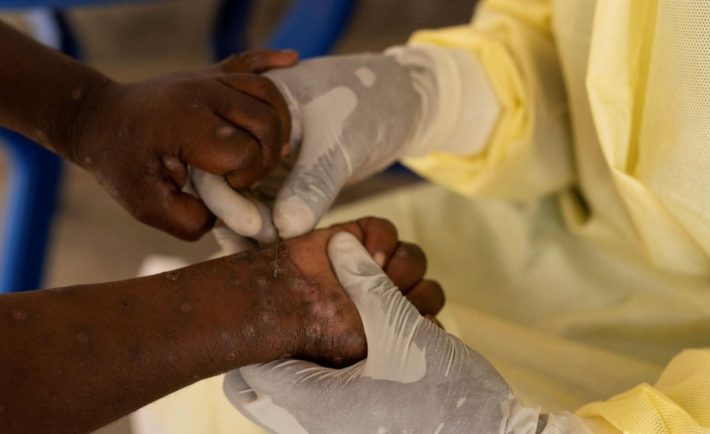WHAT IS MPOX?
Mpox, formerly known as monkeypox, is a viral infection characterized by flu-like symptoms and pus-filled skin lesions. This illness is caused by two strains of the monkeypox virus (MPXV), identified as Clade I and Clade II.
Until 2022, Mpox was primarily reported in Central Africa (Clade I) and West Africa (Clade II), where the virus is endemic. Cases outside these regions were usually linked to travel or exposure to imported animals. Common symptoms include:
a. Skin rashes
b. Fever
c. Muscle pain
d. Headaches
e. Back pain
f. Swollen lymph nodes
g. Fatigue or significant weakness
According to the Ministry of Health, the virus spreads through direct contact with an infected person’s skin lesions, body fluids, or respiratory droplets. It can also spread via contaminated materials or environments. Additionally, animal-to-human transmission can occur through bites, scratches, or direct contact with an infected animal’s blood, fluids, or skin lesions.
SPREAD AND RISK FACTORS
The Democratic Republic of the Congo (DRC) has reported over 15,600 potential cases and 548 deaths from Mpox since the beginning of the year. Some cases have also emerged in other African nations, as well as in countries like the Philippines, Pakistan, Thailand, and Sweden.
Health Minister Ong Ye Kung highlighted that the current risk of Mpox in the country remains low, mainly due to the lack of direct flights to the African regions where the virus is most prevalent. However, health officials remain cautious, as the virus is expected to spread to Europe and the Middle East. As of August, Singapore had reported 13 cases of the less severe Clade II, which typically spreads through close contact.
SCREENING AND PRECAUTIONS
Singapore has implemented strict measures to contain the virus, similar to those seen during the early stages of the COVID-19 pandemic. As of August 23, travelers and crew arriving at Singapore’s international airports from regions at risk of Mpox outbreaks will undergo temperature and visual screenings. The same measures will apply at sea checkpoints for those arriving by ship from affected areas.
PREVENTION AND FURTHER ACTION
A newer variant of the virus, Clade Ib, is showing a higher transmission rate, especially among children, through close contact. Global concerns have risen due to this new strain emerging in Central Africa, which appears to spread more easily through routine human interaction. This new variant has a mortality rate of about four percent, prompting the World Health Organization to declare a global health emergency. The goal is to prevent another widespread lockdown or other unpleasant effects similar to those experienced during the pandemic.

Image Credits: unsplash.com
Although the risk of Mpox spreading in Singapore remains low, increased vigilance is essential. If you are at high risk, frequently wash your hands and wear a face mask in crowded, indoor spaces. Continuing to seek medical care for skin lesions and following infection prevention measures, as mentioned, are crucial to preventing further spread of the virus.

